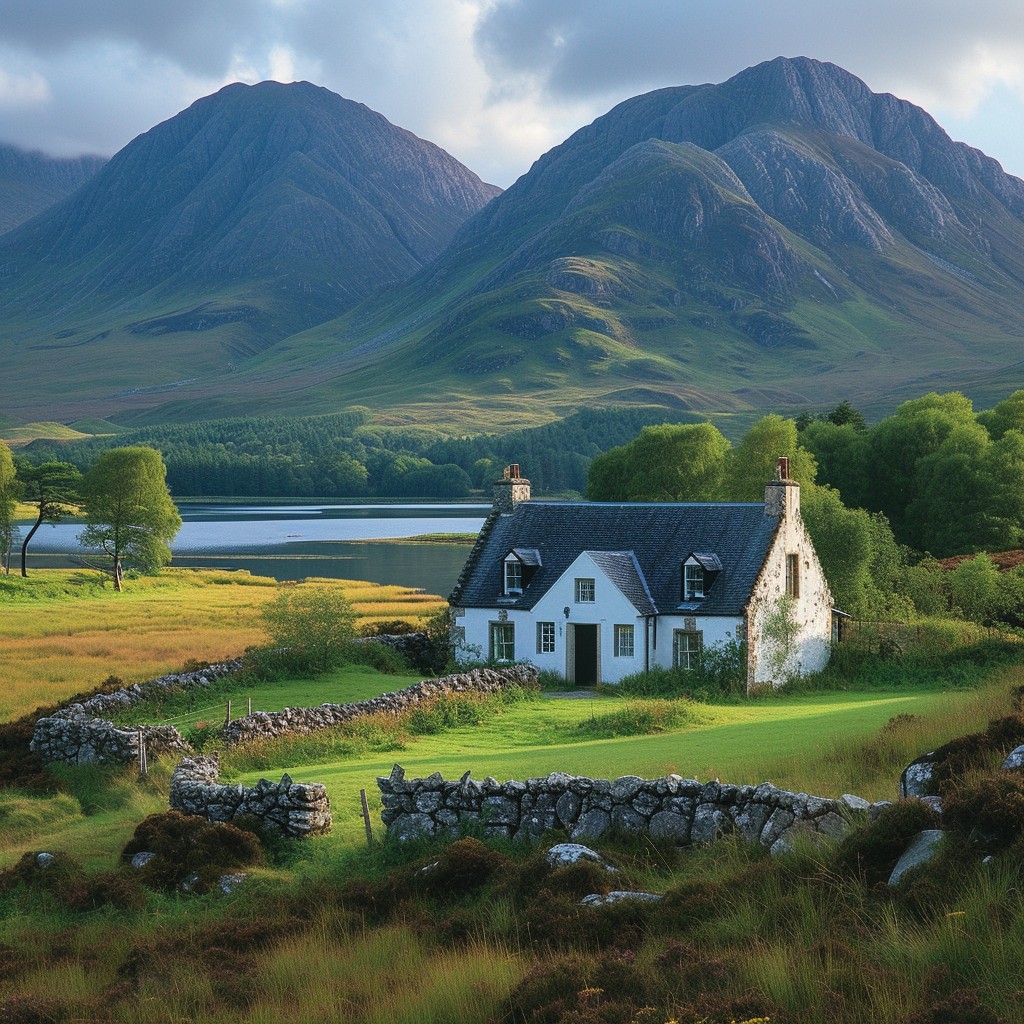Scotch whisky, often simply referred to as Scotch, is a beloved and storied spirit with roots tracing back centuries in Scotland. For beginners, the world of Scotch whisky can seem intimidating, filled with unique terminologies, various styles, and a rich heritage that might feel overwhelming. However, with the right guidance, diving into the world of Scotch can be a rewarding and enjoyable journey.

What is Scotch Whisky?
Scotch whisky is a whisky that’s made in Scotland, typically from malted barley, water, and yeast. By law, it must be aged in oak barrels for at least three years. It comes in several different forms: Single Malt, Single Grain, Blended Malt, Blended Grain, and Blended Scotch Whisky. Each type has its unique characteristics and production processes, contributing to the diversity within the Scotch whisky category.
Types of Scotch Whisky

- Single Malt Scotch Whisky: Made from 100% malted barley and produced at a single distillery, this is often considered the gold standard of Scotch.
- Single Grain Scotch Whisky: Made at a single distillery but can include other grains besides barley.
- Blended Malt Scotch Whisky: A blend of single malts from different distilleries, offering a complex flavor profile.
- Blended Grain Scotch Whisky: A blend of single grain whiskies from different distilleries.
- Blended Scotch Whisky: A mix of single malt and single grain Scotch whiskies, this is the most common type of Scotch, making up the majority of the market.
The Regions of Scotch Whisky

Scotland’s whisky-producing regions each lend their unique terroir to the Scotch made there. Understanding these regions can help beginners appreciate the nuances in flavor profiles:
- Speyside: Known for its sweet, rich, and often fruity whiskies, Speyside is home to many famous distilleries like Glenfiddich and Macallan.
- Highlands: This diverse region produces whiskies that range from light and floral to rich and smoky. Glenmorangie and Dalmore are notable examples.
- Islay: Famous for its smoky, peaty whiskies, Islay is beloved by those who enjoy robust, bold flavors. Laphroaig and Ardbeg are quintessential Islay whiskies.
- Lowlands: These whiskies tend to be lighter and more delicate, often with grassy and floral notes. Auchentoshan is a well-known Lowland distillery.
- Campbeltown: Once a thriving whisky-producing region, Campbeltown now has just a few distilleries, known for producing complex, maritime-influenced whiskies like Springbank.
- Islands: Sometimes considered part of the Highlands, this region includes distilleries on islands like Skye, Orkney, and Jura, known for a mix of coastal and peaty flavors. Talisker from Skye is a notable example.
How to Taste Scotch Whisky

Tasting Scotch whisky is an art form. Here’s a simple guide to get you started:
- Look: Observe the color. The shade of whisky can give you clues about its age and the type of cask used in aging.
- Smell: Swirl the glass gently and take in the aroma. Notice the layers of scents, from fruity and floral to smoky and spicy.
- Taste: Take a small sip and let it coat your mouth. Pay attention to the flavors that emerge, the texture, and how it evolves.
- Finish: Notice the aftertaste. A good Scotch will leave a lasting impression, with flavors lingering long after your last sip.
Pairing Scotch Whisky

Pairing food with Scotch whisky can enhance the tasting experience. Here are a few tips:
- Cheese: Aged cheddar or blue cheese pairs beautifully with a rich, peaty whisky.
- Chocolate: Dark chocolate complements the sweetness and complexity of many Scotch whiskies.
- Seafood: Smoked salmon or oysters work well with a lighter, coastal whisky.
Final Thoughts
Embarking on a journey through the world of Scotch whisky is not just about drinking; it’s about appreciating the craft, history, and culture that goes into every bottle. Start with a few different styles from various regions, and take your time exploring the unique flavors each has to offer. Remember, the key to enjoying Scotch whisky is to savor the experience—sip slowly, appreciate the craftsmanship, and discover what you enjoy most.
Welcome to the world of Scotch whisky—slàinte mhath (to your good health)!
